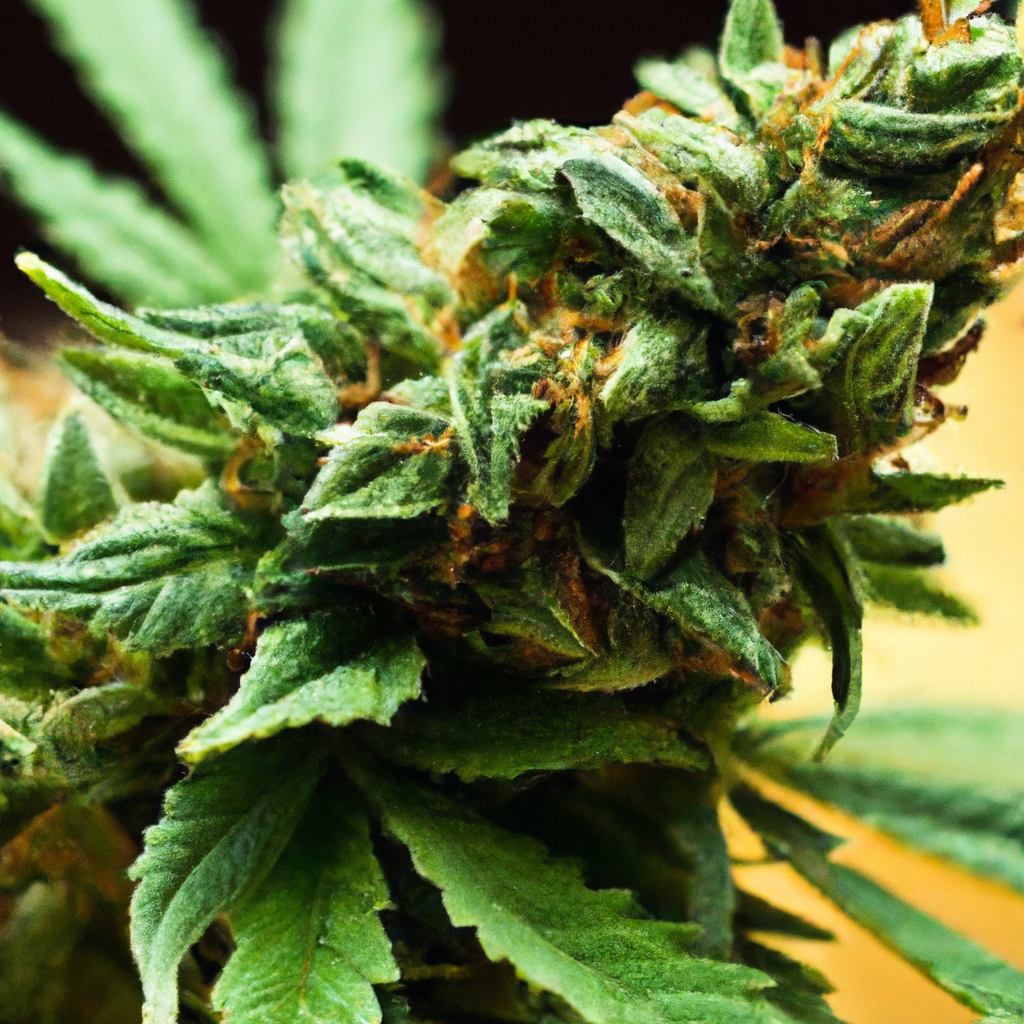Hello, I’m John “Magic” Greenleaf, and today we’re diving deep into a topic close to my heart—how cannabis can play a crucial role in managing neurodegenerative diseases. With over 30 years of cultivating experience here in Colorado, I’m inspired by what cannabis can offer in the realm of medicinal benefits, particularly for those facing challenges such as Alzheimer’s and Parkinson’s.
Understanding the Neuroprotective Properties of Cannabis
Research into cannabis and its impact on neurodegenerative diseases is burgeoning. The primary interest lies in cannabinoids—THC and CBD—due to their interaction with the body’s endocannabinoid system, which plays a vital role in maintaining neurological health. These compounds have shown promise in reducing inflammation, a key factor in neurodegenerative diseases, thereby protecting brain cells from damage.
CBD: A Potent Ally in Brain Health
CBD, known for its non-psychoactive properties, has been at the forefront of studies investigating its potential to slow disease progression. Its anti-inflammatory and antioxidant capabilities may contribute significantly to slowing down the degenerative processes of diseases like Alzheimer’s.
- Reduces Amyloid Plaques: CBD has been shown to decrease the production of beta-amyloid plaques, a hallmark of Alzheimer’s disease.
- Enhances Brain Cell Health: It promotes neurogenesis, the process of creating new neurons, thus supporting cognitive functions.
THC: Leveraging its Unique Potential
While THC is often associated with the euphoric “high,” its therapeutic potential in neurodegenerative disease management should not be underestimated. It complements CBD by providing additional benefits:
- Pain and Muscle Spasticity Relief: THC is effective in reducing chronic pain and muscle spasms, common symptoms in conditions like multiple sclerosis.
- Improved Sleep Quality: It helps alleviate insomnia and provides more restful sleep, enhancing overall quality of life.
Terpenes: The Aromatic Support
Beyond cannabinoids, terpenes in cannabis play a supportive role. As an enthusiast of terpene mastery, I can attest to the power of these aromatic compounds. For example, linalool, found in strains like “Mile High Mystique,” is renowned for its anti-anxiety and sedative properties, which can be particularly beneficial for neurodegenerative patients.
The Path Forward: Cautious Optimism
While the potential of cannabis in managing neurodegenerative diseases is exciting, it’s essential to proceed with scientifically validated research. Patients should consult healthcare professionals to tailor cannabis treatment plans to individual needs. Here in Colorado, I continue to support research efforts and advocate for responsible cannabis use in medical treatments.
In the ever-evolving world of medicinal cannabis, every step forward is a step toward a future where we can harness its full potential to improve quality of life for those in need.
I invite you to explore this topic further on my blog, MagicGreenGrow.com, where we delve into cannabis insights, cultivation strategies, and more. With every new discovery, cannabis proves to be more than just a plant—it’s a companion in our journey toward health and well-being.
Remember, “Healthy roots, healthy buds, happy harvests.”
Live well, grow better, and until next time, this is John “Magic” Greenleaf signing off.
Tags: Medicinal Benefits, Terpene Mastery, Advanced Genetics


Leave a Reply